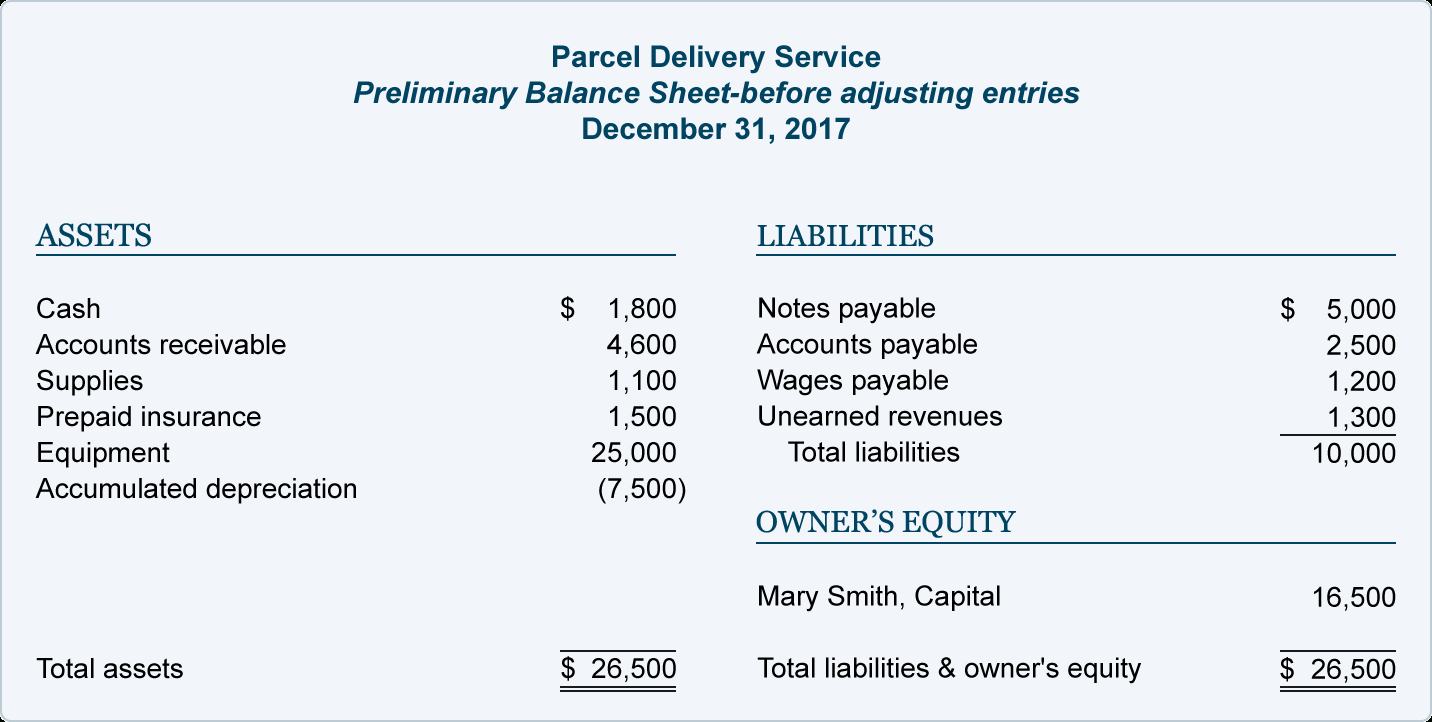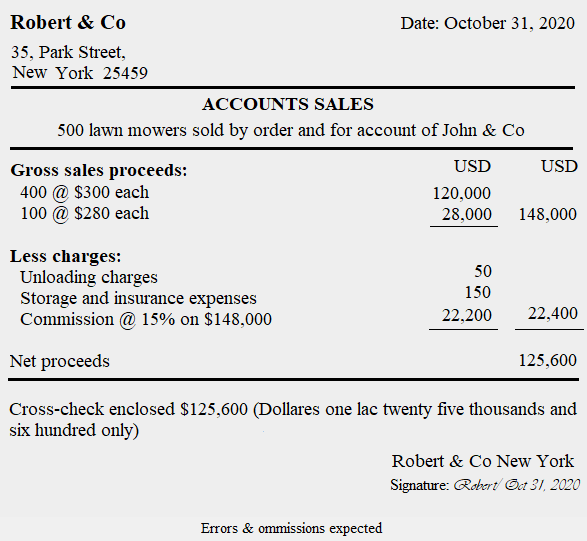
When they purchase the paper, the supplies account is increase (or “debited”). For example, Kinko’s copy center would have reams of paper in supply so that they can fulfill customer copy requests.

Supplies Debit and credit entries normal debit balance Supplies are an asset to the business and the account normally has a debit balance. The name should reflect the type of revenue being generated as in the example here, fees are being earned for services.ġ2 2 Follow My Example 1 Example Exercise 2-1ĥ. Revenue accounts have various names like Sales, Interest Income and Fees or Fees Earned. Fees Earned Credit entries only normal credit balance Fees earned is a revenue account which normally has a credit balance. Conversely, when you go to pay the company that sold you the widgets on account (accounts payable), the cash account decreases in the amount of the payment made.ġ1 2 Follow My Example 1 Example Exercise 2-1Ĥ. For example, when some purchases an item you carry in inventory (say a “widget”), they give you cash. Cash Debit and credit entries normal debit balance Cash is an asset account and normally has a debit balance. Conversely, the accounts payable account decreases when you pay for the inventory you purchased on account.ġ0 2 Follow My Example 1 Example Exercise 2-1ģ. For example, when a business purchases inventory on credit, the accounts payable account is increased (or “credited”) for the amount of inventory purchased. Accounts Payable Debit and credit entries normal credit balance Accounts payable is a liability account and normally has a credit balance. The account increases for each withdrawal from the business Amber makes as the owner.ĩ Follow My Example 1 2. Amber Saunders, Drawing Debit entries only normal debit balance When Amber Saunders takes money out of the business for personal use, the drawing account is debited for the amount of the withdrawal. And, as we understand a typical entry, we will also begin to commit to memory the normal balance for certain accounts.įollow My Example 1 1. We are going to look at various accounts to gain understanding on which have a) debit entries only b) credit entries only or, c) both debit and credit entries. Now that we’ve discussed the rules of debits and credits, let’s look at Example Exercise 2-1. Increases in the drawing account (increases in the amount of withdrawals) decreases the owner’s equity account while decreases in the drawing account will increase the owner’s equity account.ħ 2 Example Exercise 1 Rules of Debit and Credit and Normal Balances An increase in an expense account will decrease an owner’s equity account while a decrease in an expense account will increase the owner’s equity accounts.Ħ Example Exercise 1 Lastly, the debit and credit rules for recording an owner’s withdrawal are based on the overall effect to owner’s equity. Conversely, debits will decrease revenue accounts and correspondingly the owner’s equity accounts.ĥ Example Exercise 1 Continuing the conversation about the income statement accounts and their relationship with owner’s equity.


So, revenue accounts increase just like owner’s equity accounts increase. Revenue or income increases an owner’s equity (worth) in the company. For assets, debits increase the account while credits decrease it.ģ Example Exercise 1 For liabilities and owner’s equity accounts, credits increase the account while debits decrease the accounts.Ĥ Example Exercise 1 The debit and credit rules for the income statement accounts are based on their relationship with owner’s equity. The rules for the balance sheet are shown here. This system is based on the accounting equation and requires that 1) every business transaction be recorded in at least two accounts and, 2) the total debits recorded for each transactions equal the total credits recorded.Ģ Example Exercise 1 The double-entry accounting system also has specific rules of debit and credit for recording transaction in the accounts. Transaction Record in Accounts Debit = Credits Businesses use what is called the double-entry accounting system. Presentation on theme: "Example Exercise 1 Debit = Credits Record in Accounts Account"- Presentation transcript:ġ Example Exercise 1 Debit = Credits Record in Accounts Account


 0 kommentar(er)
0 kommentar(er)
